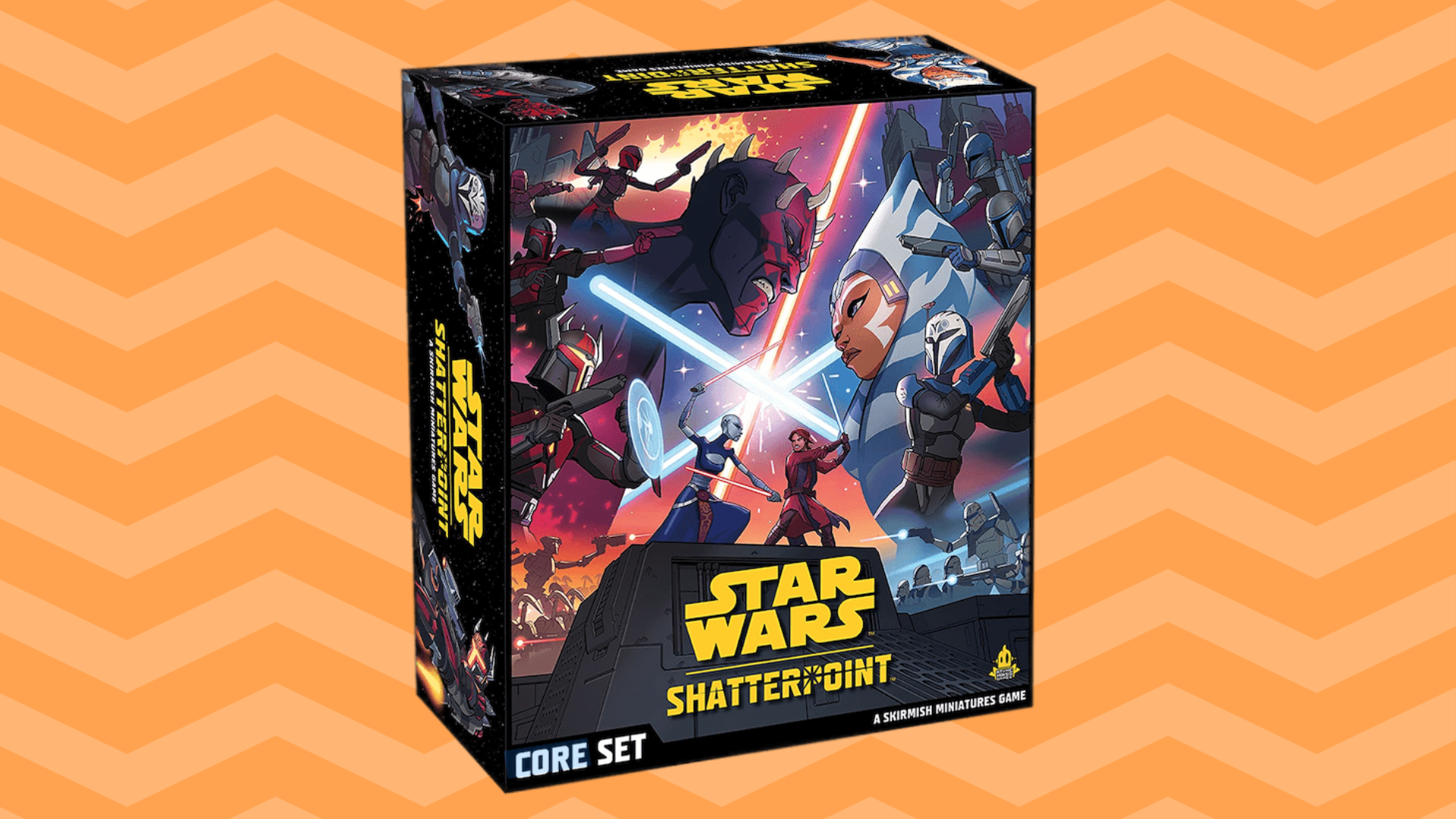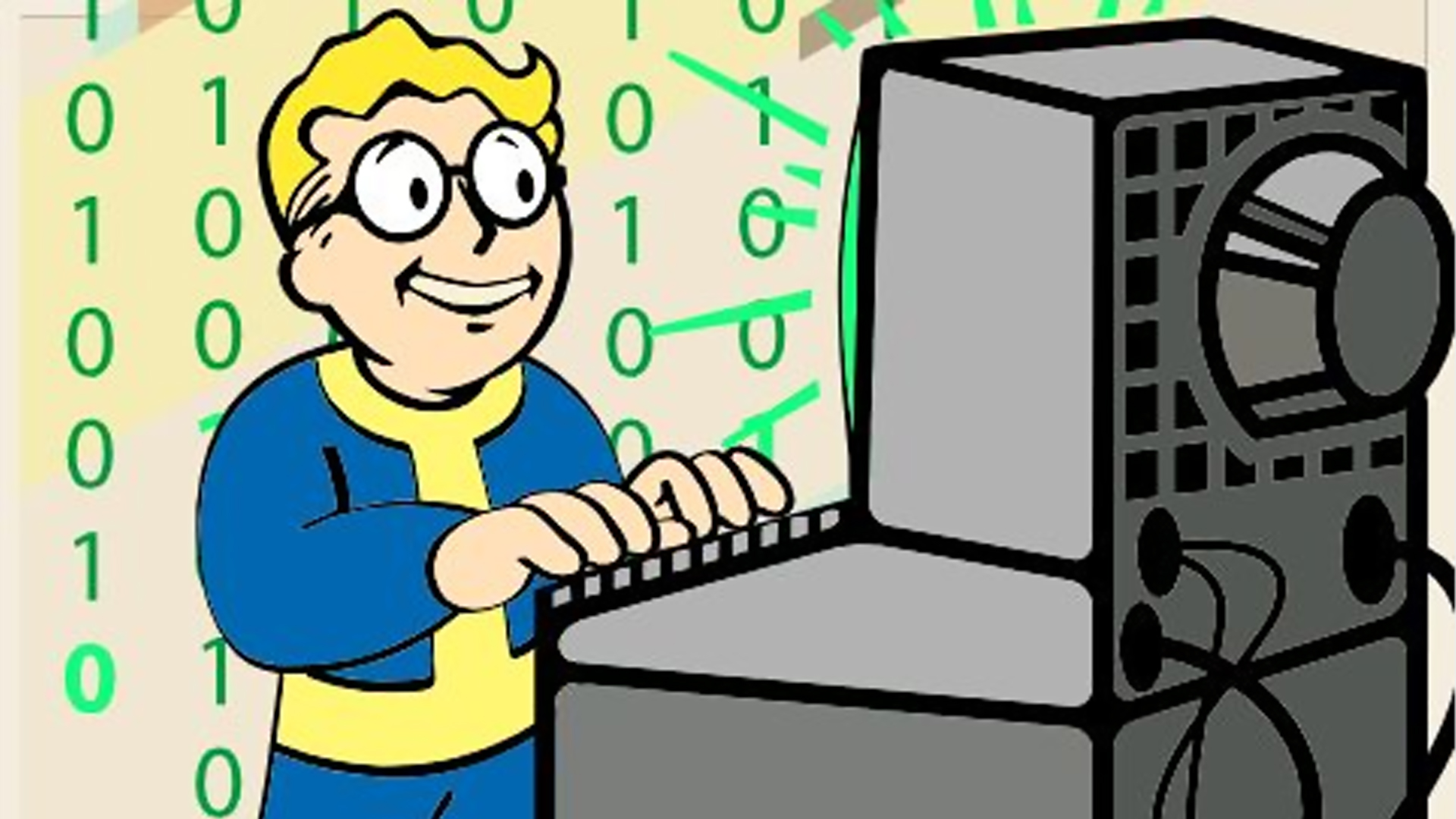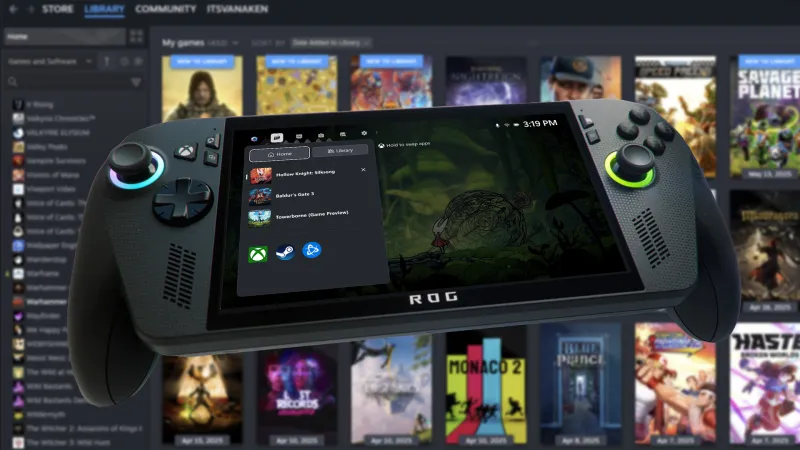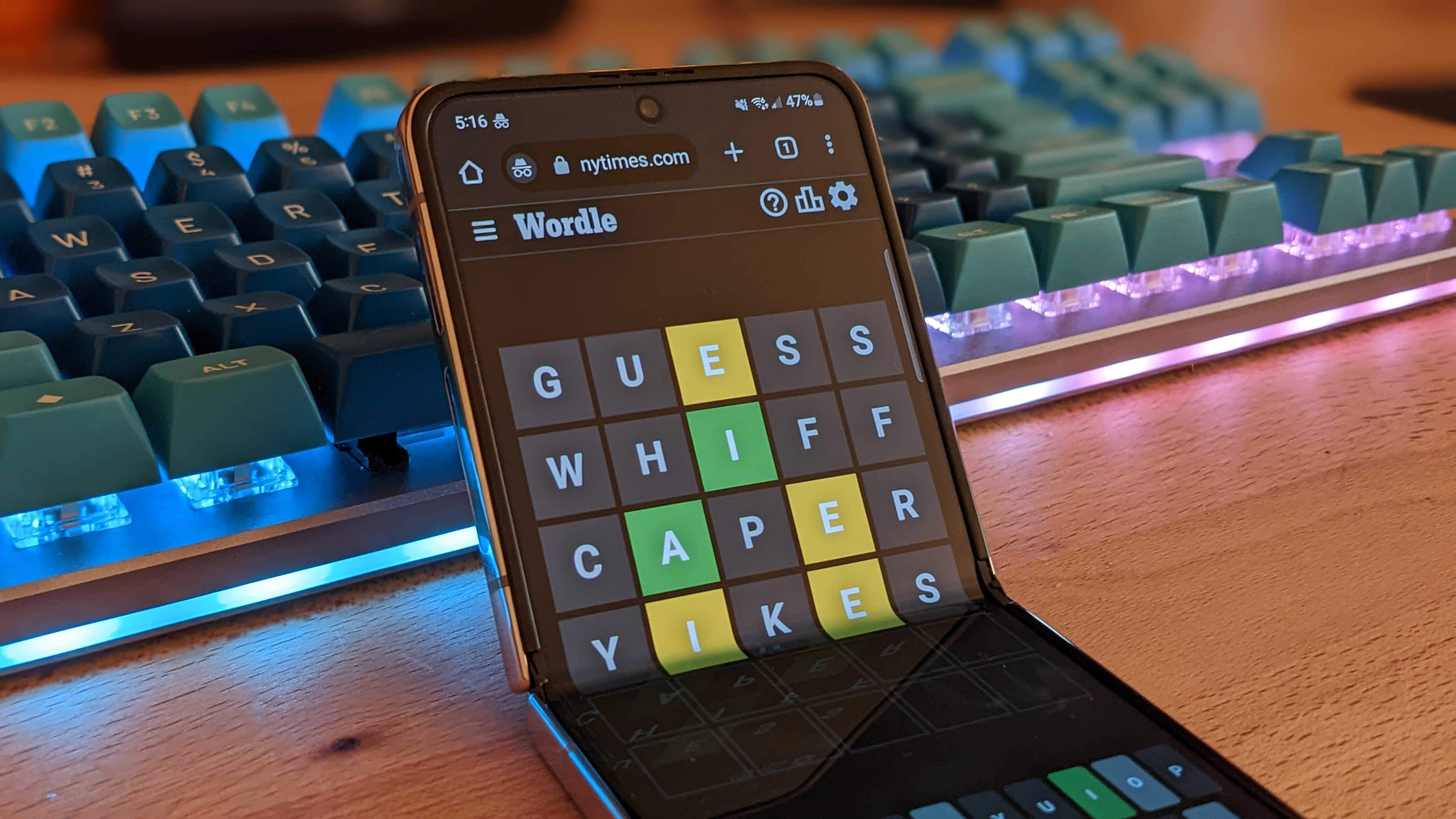
Not long ago, there was such a lack of good Star Wars titles on tabletop that our best Star Wars board games list looked a little threadbare. Now, we’ve got Star Wars Shatterpoint, a new miniatures game which means there are now two significant lines of Star Wars-themed wargames, this and Star Wars Legion. This has raised a lot of questions about how the two differ from each other and whether one will “fire” the other, so let’s delve into Shatterpoint and see if we can answer those concerns.
What’s in the Box
What’s in the box? Plastic. Lots and lots of plastic. You could be forgiven for presuming that what you’d bought was some kind of Airfix model kit and not a game at all were it not for the rulebook that tops the package. That’s to be expected as most modern miniatures games are built from plastic sprues that you need to assemble yourself with a craft knife and polystyrene cement. But it still feels a little underwhelming to lift the lid and not find all your favorite Star Wars characters staring back at you.
Fortunately, the majority of the figures here are really easy and quick to build, although there are no instructions for doing so in the box — you have to download them online. They come with angular joints that only fit together in specific poses, making assembly a breeze, although you’ll have to be careful with the very flimsy lightsabers on some of the models. The droids are an exception as their ball joints make them difficult to put together in the correct pose. They’re also 40mm scale which makes them easier to handle: for reference, the popular Games Workshop figures are 28 or 32mm scale.
You get the parts for sixteen different figures, all of which are from the Clone Wars cartoon series. Most recognizable among them are the four main characters: Anakin and Ahsoka Tano in the blue corner, and Lord Maul and Asajj Ventress in the red. They’re good sculpts but not outstanding ones, although the jetpack-borne Mandalorians are a nice touch. There’s also a lot of chunky scenery to assemble too, including lofted gantries to make sure the action stretches across all three dimensions.
Right at the bottom of the box, buried under a layer of cardboard, are the other actual game components: a bagful of custom dice and some small decks of cards. Most of these are plain but the artwork on the character cards is bright, brash and very reminiscent of the Clone Wars show while also having its own recognisable style. Keen figure painters may enjoy the fact that the box includes two printed cardboard backgrounds to photograph your painted miniatures in front of.
Rules and How It Plays
Shatterpoint comes with a meaty and foreboding rulebook which makes learning the game pretty daunting. But if you can find a rules explanation video online you’ll discover that the core game flow isn’t that hard to get down: the complexity comes from covering all the conditions, like disarmed or strained, and edge cases that open-movement miniatures games like this can throw up. It’s a skirmish game, so the idea is that you can enjoy cinematic action with a small squad of troops, unlike Star Wars Legion which covers much bigger battles at less granular detail.
Proceedings start with you selecting your figures for the game: you select two characters, each of which gives you a points allowance to spend on a secondary character and a support unit. The sixteen figures in the box give you exactly what you need for two sides to play a game. You then select a mission which determines where objective tokens will be placed on the tabletop and three random struggles are drawn that show which objectives will be active at different phases of the game. Securing objectives wins you points while knocking out enemy characters and some other actions reduce the number of points you need in order to win the struggle. Objectives change once a struggle is won, throwing the battlefield wide open again, and winning two struggles nets you the game.
Your characters each have a card that goes into an order deck along with a Shatterpoint card, which is wild. At the start of your turn, you draw a card and activate that unit or you can pay a “force point” to put the card into reserve, allowing you to activate it later, and draw another. Force points are also used during the turn to let characters use some of their more powerful abilities and they’re in short supply. They refresh when your order deck runs out and is reshuffled, but marshalling them for best effect is a tricky and engaging tactical challenge.
Activated figures can take two actions which include moving and fighting as you might expect. Movement is handled using included tools, saving the minor hassle of a tape measure, and involves jumping and climbing in the dynamic struggle for position as well as ground moves. There are some other actions to choose from. Figures can also take cover, allowing a small movement and a defensive bonus, or focus, which adds dice to their next attack. Much like the limited pool of force points, a mere two actions never seem enough and the game forces you into making trade-offs and taking risks in order to try and win objectives.
Combat in Shatterpoint uses a number of interesting mechanics but does feel a bit clunky and overblown. Each figure has values for melee and ranged attacks — which can be zero — and they roll that many attack dice looking for hits and criticals. The target will have a similar defense value and they roll different dice in an attempt to block hits, while criticals can’t be blocked. Both kinds of dice can also generate “expertise” which creates additional effects depending on how many of these faces are rolled and cross-referenced with a chart on the character card. While this can feel long-winded, it does allow the characters in the game to feel and play very differently from one another, giving you a varied palette of strategic options to exploit.
It’s the same story with the hits themselves: Shatterpoint doesn’t do anything as straightforward as translating unblocked hits directly into damage. Instead, there’s a chart for each character with multiple branch points and different combat effects along the way, and each hit lets you make one “move” on this chart. Again, this slows things down but the tradeoff is that you have to think about what path you want to take and which effects, usually including damage, you want to apply to the target. Some characters have more than one chart and they can flip between them for even more choices and even slower play, at least until you’ve internalized all the possibilities.
As if the expertise and combat chart systems aren’t enough to make each character feel unique, they also have their own palette of special abilities. Jedi like Anakin can deflect blaster bolts, droid units boost other droid units in close proximity and Maul gets immediate revenge attacks and buffs from wounds. Combined with the highly dynamic nature of movement, this palette of effects gives Shatterpoint an impressive level of narrative detail. Force users push and pull objects and characters around the battlefield, Manalorians fly about on jump packs and droids radio to each other. You can almost hear the lightsabers hum.
Where to Buy
Also check out our list of the best board games in general, as well our picks for the best board games for adults and the best strategy board games.






